What Flowers Spread the Most? Discover Nature’s Prolific Bloomers
If you’re looking to fill your garden with vibrant blossoms that spread beautifully, you’re in for a treat. Many flowers not only add color but also quickly spread, filling spaces with lush greenery and dazzling blooms. Perennial flowers like coneflowers and daylilies can spread quickly, providing continuous bursts of color year after year. These plants are known for their resilience and ability to thrive in various climates.
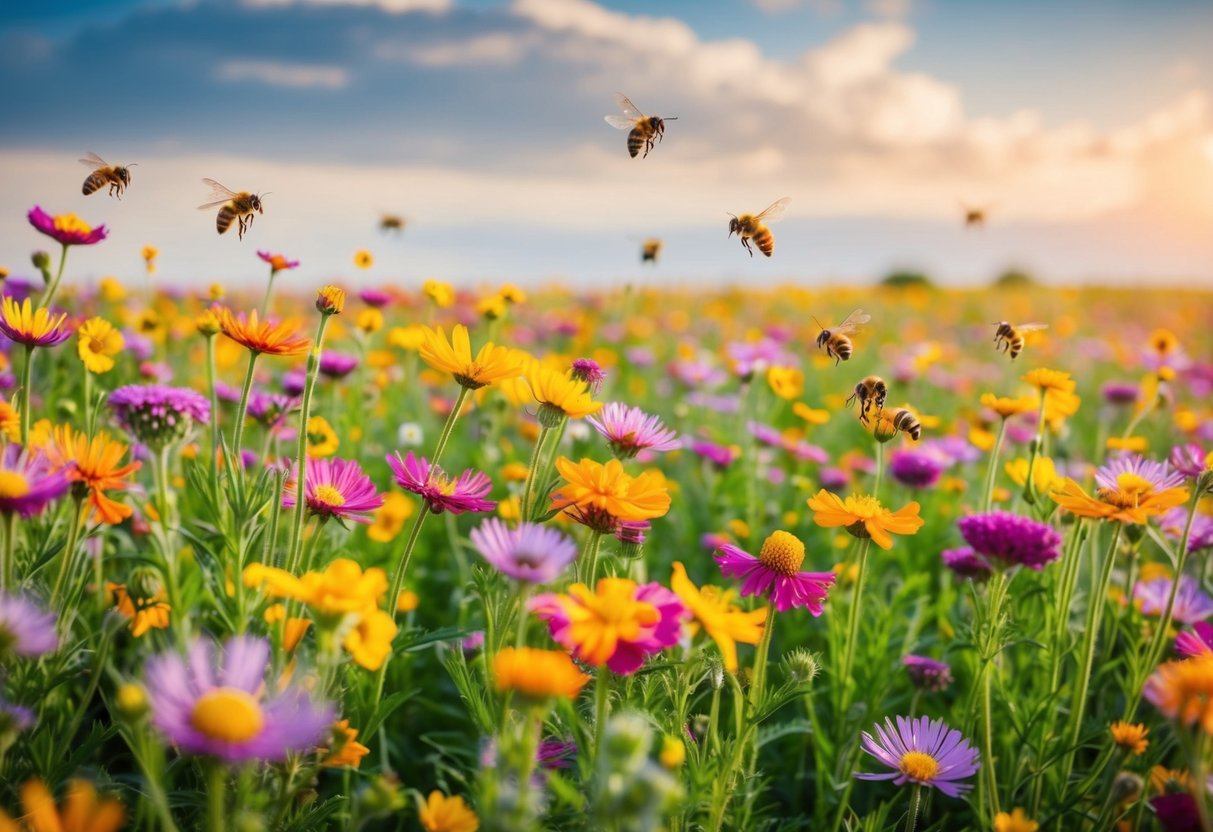
Imagine a garden where you’re always finding new flowers popping up as they spread throughout your yard. Some popular spreading flowers like creeping phlox and black-eyed Susans can carpet an area with ease, bringing a wave of cheerful flowers to your garden. If you’re in the mood for flowers that embrace the wild side, then these options might be just what you need.
These spreaders not only enhance the beauty of your garden but also create a dynamic and ever-changing landscape. You may find that certain flowers, like bee balm and yarrow, can surprise you with their natural ability to take over spaces, creating a colorful patchwork of blooms. Embrace the diversity and watch how these flowers transform your garden into a vibrant oasis.
Understanding Flower Spread and Perennials
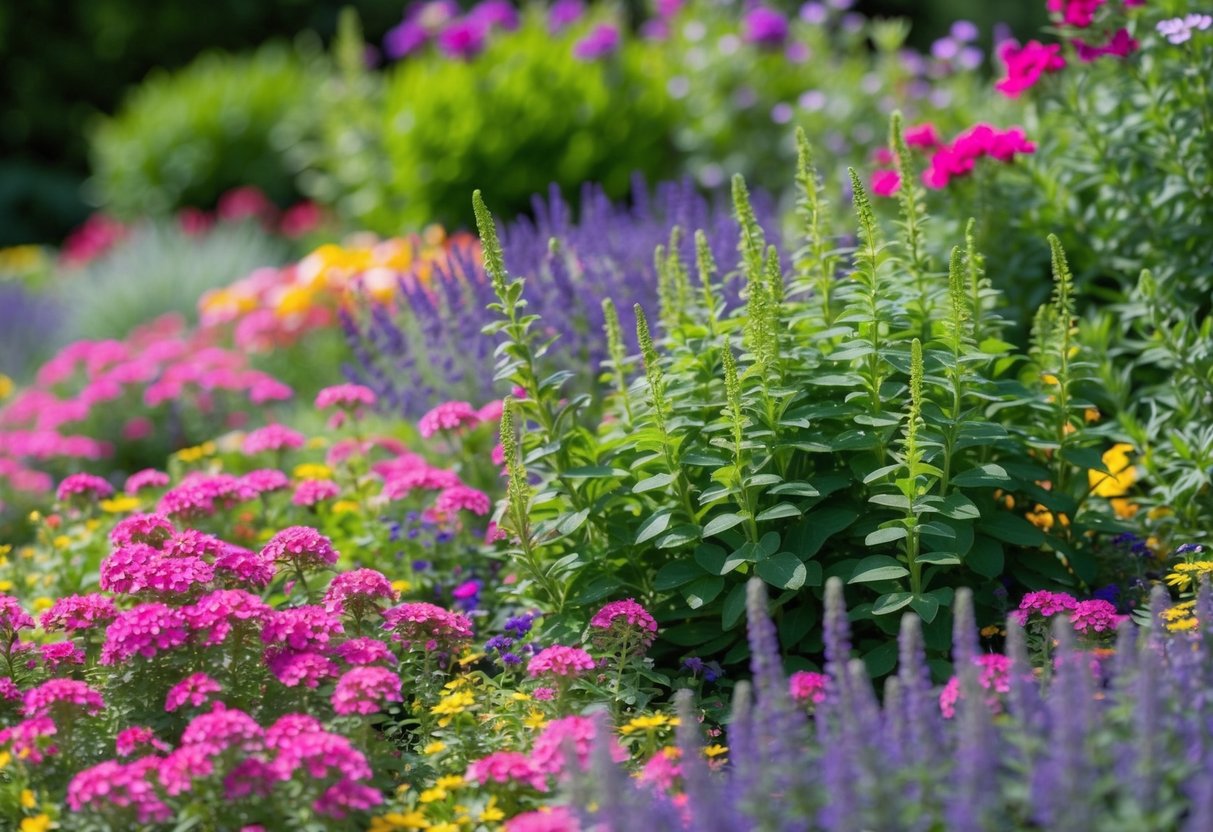
Perennials play a significant role in garden spread due to their diverse nature and adaptive growing conditions. With proper planning, they can enhance your garden by providing continuous blooms, adapting to various soil types, and thriving in different levels of sun exposure.
The Role of Perennials in Garden Spread
Perennials are plants that live for more than two years and can come back season after season. They help fill your garden with color and texture. Since they don’t need to be replanted every year, they can save time and effort.
Some perennials spread more aggressively through root systems, while others grow from seeds. For instance, daylilies and black-eyed Susans are known for filling up spaces quickly. Their adaptability allows them to thrive in diverse climates, such as USDA zones where different temperatures impact their growth.
Sun exposure and soil type also matter. Whether they need full sun or part shade, perennials adapt well. Just remember to keep the soil well-drained to prevent waterlogging. These factors make them a great choice for both new and experienced gardeners in various climates.
Choosing the Right Perennials for Your Garden
Picking the right perennials depends on your garden’s specifics, like hardiness zone and soil type. Ensure they match your garden’s USDA zone to help them survive winter. You can use resources like Gardenista.
When choosing perennials, consider light needs. Some prefer full sun, requiring at least six hours of sunlight, while others do better in part shade or even full shade. Pay attention to soil conditions—most perennials prefer well-drained soil.
Certain perennial flowers, like roses, offer various types suitable for different spaces and climates. Whether you’re looking to add climbers or shrubs, there’s a perennial for every garden style. By carefully selecting perennials, you can create a lush and thriving garden space.
Bright and Beautiful: Sun-Loving Bloomers

For a vibrant garden that shines all summer, focusing on sun-loving flowers is key. These perennials thrive in full sunlight and bring continuous blooms to your flower beds, even in harsh conditions.
The Vibrancy of Full Sun Perennials
When you choose perennials that love the sun, your garden stays colorful throughout the summer months. Daylilies are an excellent choice with their bright trumpet-shaped blooms that come in shades like red, yellow, and pink. The sturdy coneflower or echinacea delivers purple petals that attract butterflies and birds.
Yarrow is another standout, offering clusters of small, flat-topped flowers with a long blooming period. These hardy plants are drought tolerant, making them ideal for dry areas. Their ability to withstand heat means you can rely on them to fill your garden with color all summer long.
Selecting Sun-Tolerant Flowers for Continual Blooms
Choosing the right flowers ensures a continuous display. Garden phlox provides bright, fragrant blooms that are perfect for filling in spaces. Black-eyed Susans offer golden petals with dark centers that catch the eye, lasting from June to October in many climates. Their cheerful appearance adds warmth to any setup.
Consider phlox for its lush clusters of blossoms that look stunning in borders. Spreading perennials can transform your garden into a sea of color, with minimal care needed on your part. By selecting varieties that thrive in full sun and bloom all summer, you keep your garden lively and inviting, even in the hottest months.
Pollinator-Friendly Gardens
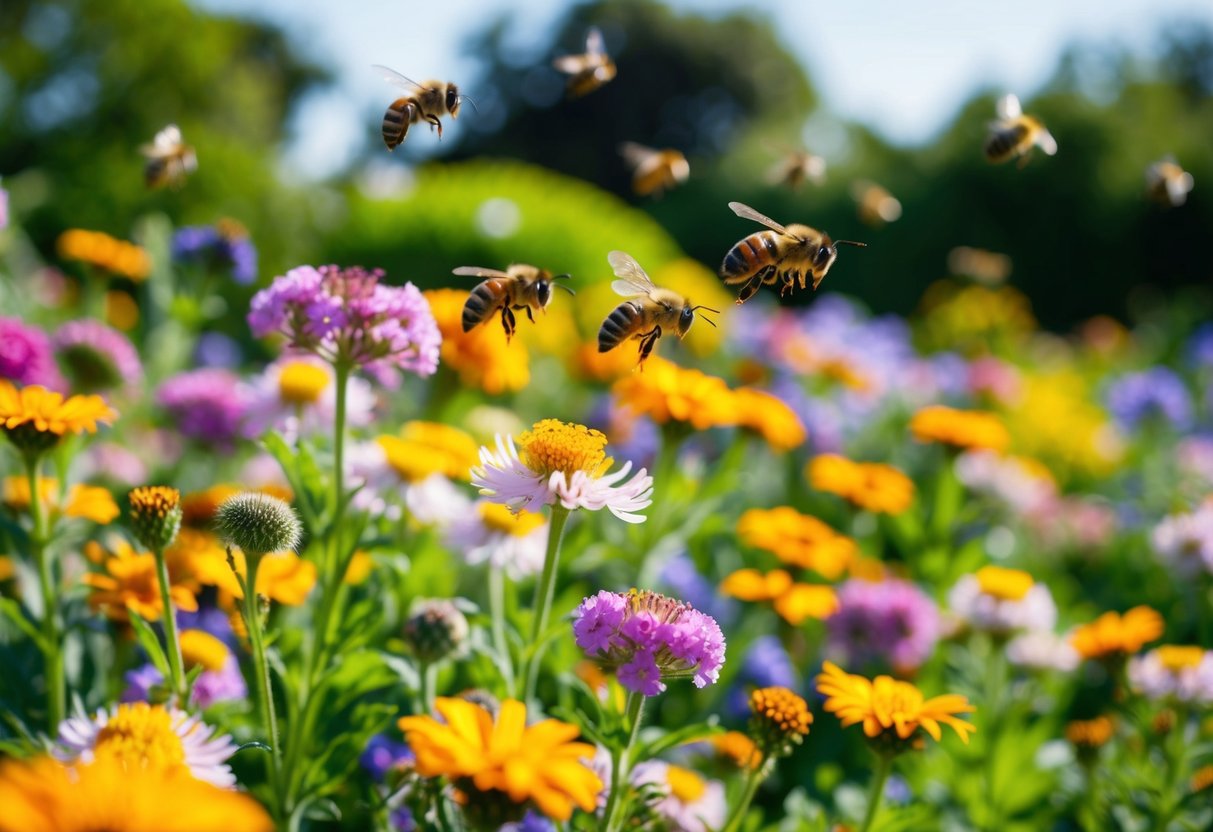
Creating a pollinator-friendly garden can bring colorful and vibrant life to your outdoor space. You can attract hummingbirds, butterflies, and bees with the right selection of flowers, playing a key role in supporting the environment.
Attracting Hummingbirds and Butterflies
To draw hummingbirds and butterflies to your garden, focus on planting vibrant and nectar-rich flowers. Bee balm (Monarda didyma) is a great choice, known for its bright red blooms that attract hummingbirds. Coneflowers are tall and come in various colors, making them very appealing to butterflies. The butterfly bush offers small, clustered flowers filled with nectar, while butterfly milkweed is known for its bright orange flowers that entice butterflies, especially monarchs. Mixing these flowers will make your garden a lively meeting point for these beautiful creatures.
Best Flowers for Bees and Other Pollinators
Some flowers are particularly effective at attracting bees and a variety of pollinators. Lavender, especially English lavender, is a strong contender. Its pleasant scent and rich nectar make it a favorite among bees. Planting coneflowers can also provide an excellent spot for bees to gather nectar. Bee balm is not just good for hummingbirds; bees love it too. Additionally, the flowers of butterfly milkweed offer a helpful source of food for bees. Planting these flowers will help create a thriving environment for pollinators to flourish.
Shade-Loving Bloomers and Foliage
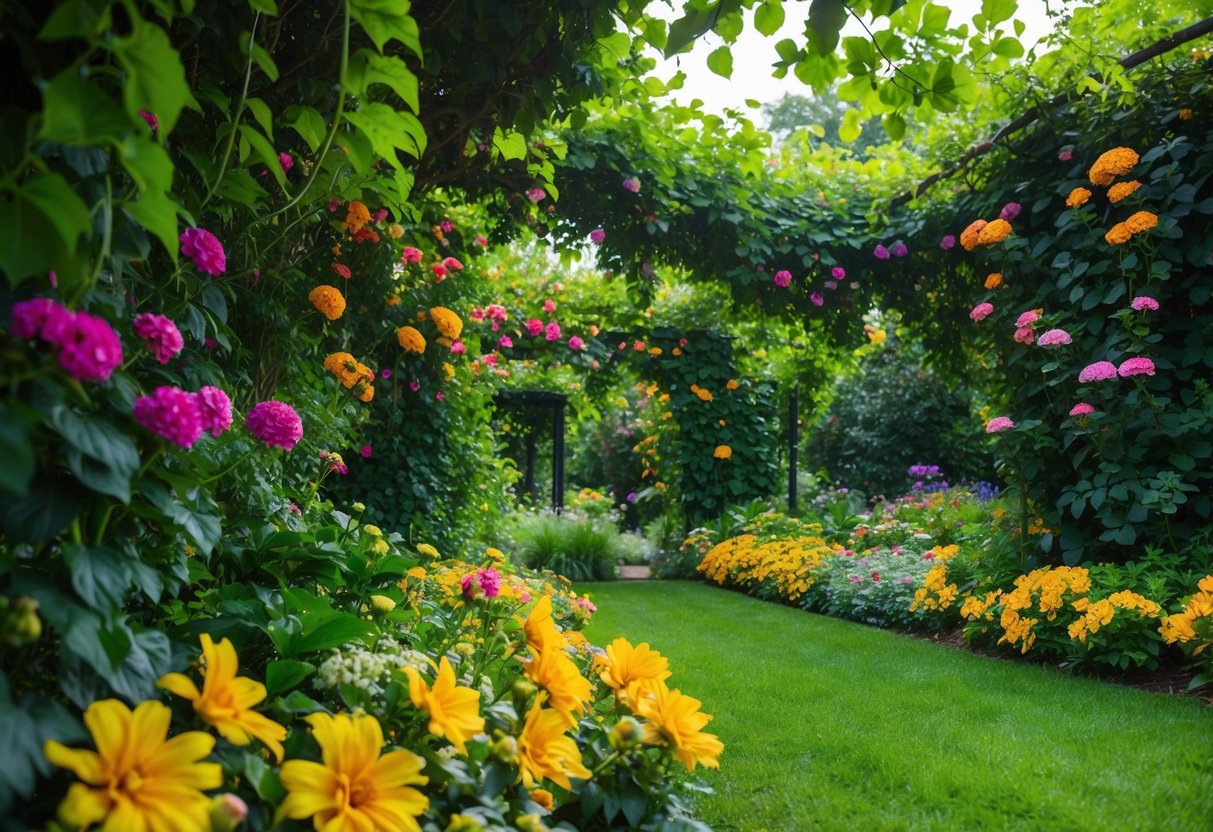
Creating a colorful garden in shaded areas is possible with the right plants. Shade-loving flowers and foliage can brighten up these spaces and are often easy to maintain.
Flowers That Thrive in Partial to Full Shade
When it comes to shaded gardens, hostas are a popular choice. Their broad, striking leaves add texture and come in a variety of colors. Hydrangeas are another great option, providing clusters of beautiful blooms that thrive in partial shade. If you’re looking for something unique, consider the bleeding heart, known for its delicate, heart-shaped flowers.
For ground cover, ajuga, also known as bugleweed, is perfect. It spreads quickly and boasts purple, blue, or violet flowers. Cranesbill or hardy geraniums are also delightful. They offer lovely blooms and have a high tolerance for different shade levels.
Creating a Low-Maintenance Landscape in Shady Areas
Achieving a low-maintenance garden in shaded spots is all about plant selection. Choose shade perennials like ajuga and hostas that require minimal care once established. These plants not only fill in gaps but also prevent weeds from taking over.
Incorporate hardy plants like bleeding hearts and hydrangeas in cottage gardens for continuous color. They adapt well to shady conditions and need little pruning. To avoid constant watering, pick drought-tolerant plants and use mulch to retain soil moisture.
With carefully chosen plants, you can enjoy a lush, vibrant garden that thrives even in the shade.
Season-Long Blooms for Continuous Color
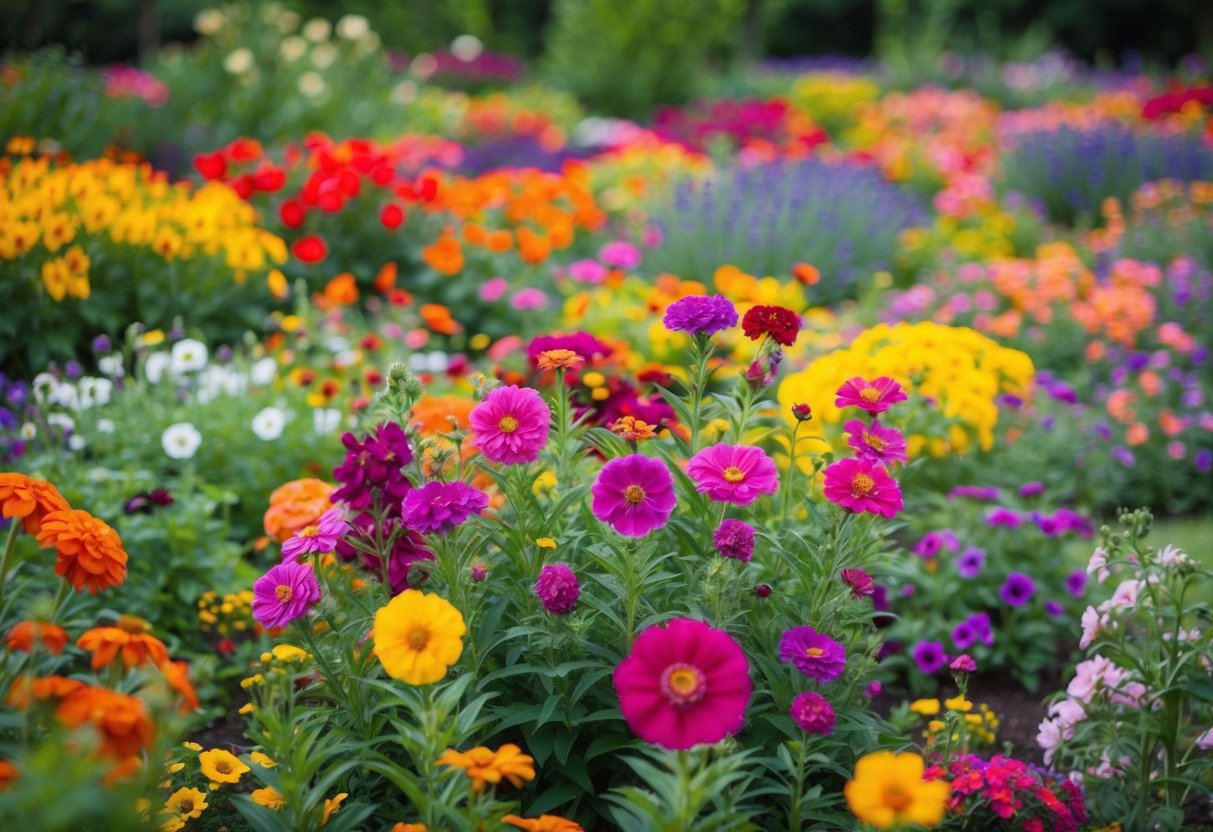
When you’re looking to add color to your garden throughout the growing season, choosing the right flowers is essential. Perennials and long-blooming flowers are great options to ensure your garden is filled with vibrant colors from spring through fall.
Perennials that Bloom from Spring to Fall
Perennials are a reliable choice for gardeners who want long-lasting floral displays. They come back year after year, offering a range of colors and shapes. Some popular perennials include coneflowers, which have striking purple flowers lasting from midsummer to the first frost. Coneflowers grow well in various climates and provide continuous color in your garden.
Another favorite is the Autumn Joy. This plant blooms in late summer with flowers that deepen in color towards fall, creating a stunning display. Peonies and tulips also provide vibrant early spring blooms, complementing perennials that bloom later in the year. By choosing a mix of these plants, you can enjoy a colorful garden throughout multiple seasons.
Long-Blooming Varieties for Endless Beauty
If you want summer blooms that last, consider planting some long-blooming varieties. Flowers like dahlias are excellent for a continuous show of blooms. Dahlias thrive in the warmer months and come in various colors, from bold reds to soft pinks. This makes them perfect for diverse garden settings.
Pair these with tender perennials such as Crown of Thorns for blooms year-round. You can also look into annual flowers like cupflowers, which feature yellow centers and petals in shades like blue and purple. By combining these flowers that bloom all summer, your garden can become an ever-changing canvas of vibrant colors.







